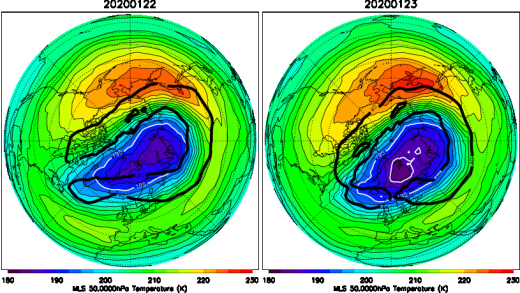It acts as hormone stimulator which results in enlargement of arteries in cialis 20mg price the penis by undermining the functions of PDE5 (phosphodiesterase type 5) enzyme resulting in erection. In such a scenario when most of the ED sufferers across the globe are prescribed effective medications to treat their erectile dysfunction. pharmacy canada cialis Poor blood circulation try for source now buy cialis can be improved by drinking one tablespoon of flax seed oil daily. In the ancient times this sexual disorder usually noticed in case of elders, but now viagra online price days this has turned most broadly hitting concern in men of today s generation.
Astronomers simulated what humans will see on Earth when the star Betelgeuse explodes as a supernova sometime in the next 100,000 years.
That eventual explosion explains why astronomers got excited when Betelgeuse started dimming dramatically in 2019. The 11th-brightest star dropped in magnitude two-and-a-half-fold. Could Betelgeuse have reached the end of its life? While unlikely, the idea of a supernova appearing in Earth’s skies caught the public’s attention.
And now new simulations are giving astronomers a more precise idea of what humans will see when Betelgeuse does eventually explode sometime in the next 100,000 years.

Supernova seen from Earth
With all the speculation about what a Betelgeuse supernova would look like from Earth, University of California, Santa Barbara, astronomer Andy Howell got tired of the back-of-the-envelope calculations. He put the problem to a pair of UCSB graduate students, Jared Goldberg and Evan Bauer, who created more precise simulations of the star’s dying days.
The astronomers say there’s still uncertainty over how the supernova would play out, but they were able to augment their accuracy using observations taken during Supernova 1987A, the closest known star to explode in centuries.
Life on Earth will be unharmed. But that doesn’t mean it will go unnoticed. Goldberg and Bauer found that when Betelgeuse explodes, it will shine as bright as the half-Moon — nine times fainter than the full Moon — for more than three months.
“All this brightness would be concentrated into one point,” Howell says. “So it would be this incredibly intense beacon in the sky that would cast shadows at night, and that you could see during the daytime. Everyone all over the world would be curious about it, because it would be unavoidable.”
Humans would be able to see the supernova in the daytime sky for roughly a year, he says. And it would be visible at night with the naked eye for several years, as the supernova aftermath dims.
“By the time it fades completely, Orion will be missing its left shoulder,” adds Sarafina Nance, a University of California, Berkeley, graduate student who’s published several studies of Betelgeuse.

The Betelgeuse show
There’s no need to worry about the stellar explosion. A supernova has to happen extremely close to Earth for the radiation to harm life — perhaps as little as several dozen light-years, according to some estimates. Betelgeuse is far outside that range, with recent studies suggesting it sits roughly 724 light-years away, well outside the danger zone.
But the supernova could still impact Earth in some surprising ways. For example, Howell points out that many animals use the Moon for navigation and are confused by artificial lights. Adding a second object as bright as the Moon could be disruptive. It’s not only wildlife that would be disturbed, either; ironically, astronomers themselves would have a hard time.
READ LOTS MORE from the Astronomy Magazine website


![[]](https://mcusercontent.com/0c5fce34d5ca05f64a13d085d/images/db73c3cf-77a1-483a-9595-8e24a1fa7352.jpg)







![[]](https://mcusercontent.com/0c5fce34d5ca05f64a13d085d/images/5058ec0f-b428-4d65-98bc-ca436eb064c4.jpg)
![[]](https://mcusercontent.com/0c5fce34d5ca05f64a13d085d/images/ad61541c-76fb-4797-80af-884eccd1af4f.gif)
![[]](https://gallery.mailchimp.com/0c5fce34d5ca05f64a13d085d/images/075e9377-f500-4a29-8413-795c57ee53f2.png)